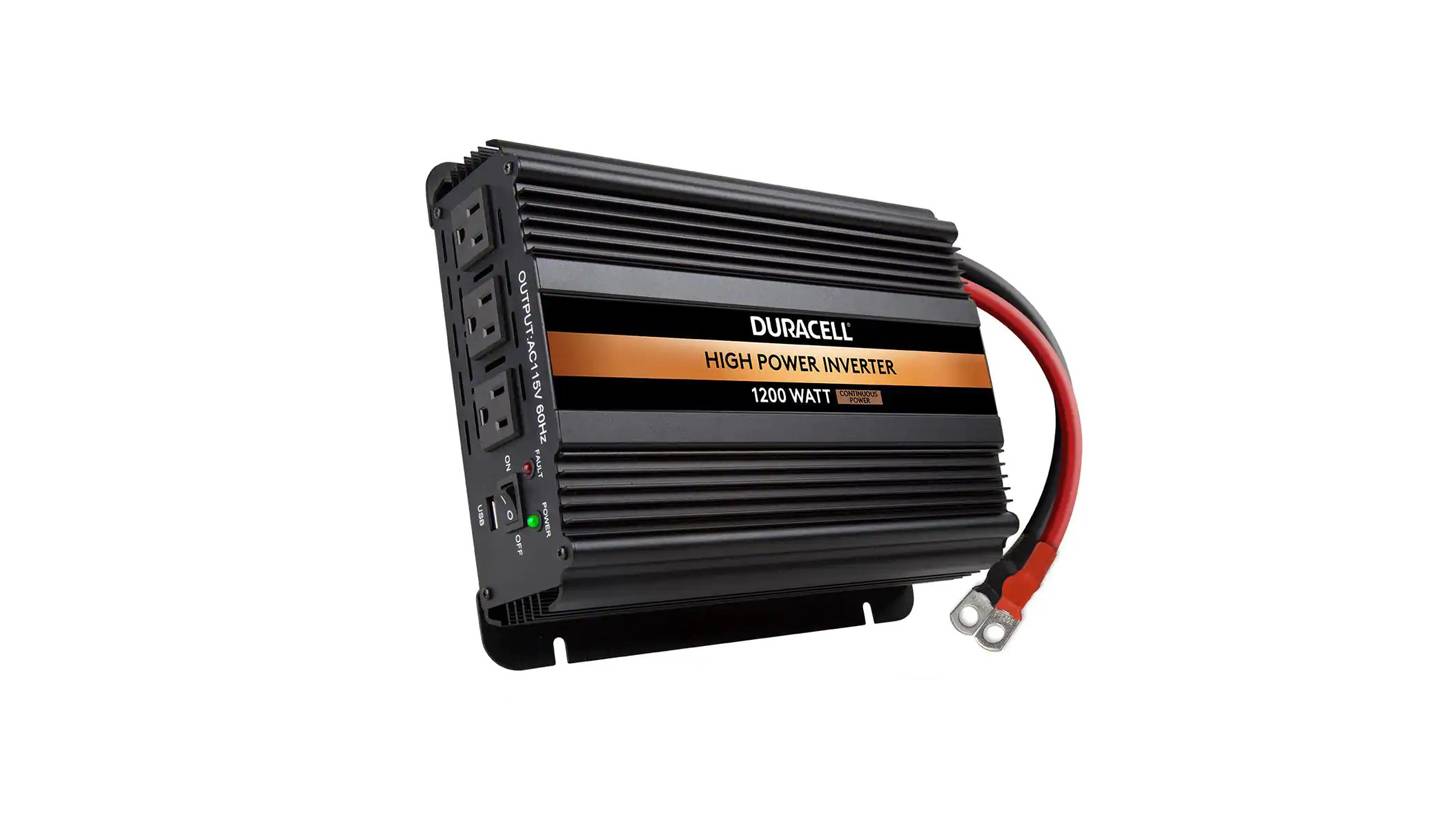When evaluating the feasibility of running a 3000W inverter on a single battery, it is imperative to approach the task with a thorough understanding of both battery and inverter specifications. Ensuring optimal performance requires a careful analysis of several critical factors, including battery capacity, power calculations, and safety considerations. This article provides a comprehensive breakdown to guide you through the necessary steps for achieving a reliable and efficient power system.
1. Check Battery Specifications
The first and foremost step is to verify your battery’s specifications. Ensure that the battery you are considering has the appropriate voltage and capacity to support the inverter’s demands.
For instance, if you have a 12V battery with a capacity of 200 ampere-hours (Ah), it is crucial to ascertain whether it can handle the power requirements of a 3000W inverter. Batteries are typically rated by their voltage and capacity, both of which influence their ability to deliver power effectively.
2. Calculate Power Capacity
To determine whether your battery can handle a 3000W inverter, perform a power capacity calculation. Use the formula:
Power=Voltage×Current
For a 12V battery with a 200Ah capacity, the power capacity is:
Power Capacity=12V×200Ah=2400W
This calculation reveals that the battery’s power capacity is 2400W, which is less than the 3000W demand of the inverter. Running the inverter with a battery that has insufficient power capacity can lead to suboptimal performance and potential issues.
3. Compare with Inverter Demand
It is crucial to compare the power capacity of your battery with the demand of the inverter. In this case, the 3000W inverter requires more power than the 2400W capacity of a 12V200Ah battery. This discrepancy indicates that the battery may not be able to support the inverter’s full capacity, potentially leading to issues such as:
- Voltage drops: Insufficient power can cause the voltage to drop below optimal levels.
- Reduced efficiency: The inverter may operate less efficiently.
- Potential damage: Overloading the battery can result in physical damage or reduced lifespan.
4. Consider Higher-Capacity Batteries
For optimal performance, it is advisable to use a higher-capacity battery. Higher-capacity batteries are designed to meet the power demands of more substantial inverters without being overstretched.
If the inverter’s demand is 3000W, you might consider a 12V battery with a capacity of 250Ah or higher. For instance, a 12V250Ah battery would provide:
Power Capacity=12V×250Ah=3000W
This capacity aligns well with the 3000W demand of the inverter, ensuring that the battery can handle the load comfortably.
5. Importance of Capacity Matching
Matching the capacity of the battery to the inverter’s power demand is crucial for maintaining a reliable and efficient power system. Proper capacity matching prevents issues such as:
- Overloading: Avoids stressing the battery beyond its limits.
- Enhanced performance: Promotes smooth and efficient operation of the inverter.
- Extended battery life: Reduces the risk of damage, extending the battery’s operational lifespan.
Ensuring that your battery is well-matched to the inverter’s requirements is fundamental to achieving a dependable power supply.
6. Safety Considerations
Operating an inverter beyond the capacity of the connected battery can lead to several safety issues. It is vital to prioritize safety and adhere to the specifications provided by the inverter manufacturer. Potential safety concerns include:
- Voltage instability: Running the inverter with an underpowered battery can cause voltage instability.
- Battery damage: Excessive strain on the battery can lead to overheating, leakage, or even explosion.
- Reduced efficiency: Operating beyond capacity can result in decreased overall system efficiency.
Always consult the manufacturer’s guidelines and consider incorporating safety features, such as fuses and circuit breakers, to protect both the battery and inverter.
Conclusion
While it is technically possible to run a 3000W inverter on a single battery, careful consideration of the battery’s capacity is essential for ensuring optimal performance and safety. By calculating the power capacity, comparing it with the inverter demand, and opting for higher-capacity batteries, you can achieve a more reliable and efficient power system. Matching the battery capacity to the inverter’s requirements is key to maintaining a smooth and safe power supply.
In summary, ensure that your battery is adequately matched to the power needs of your inverter. This approach will facilitate a more reliable and effective power system, enhancing overall performance and safety.




